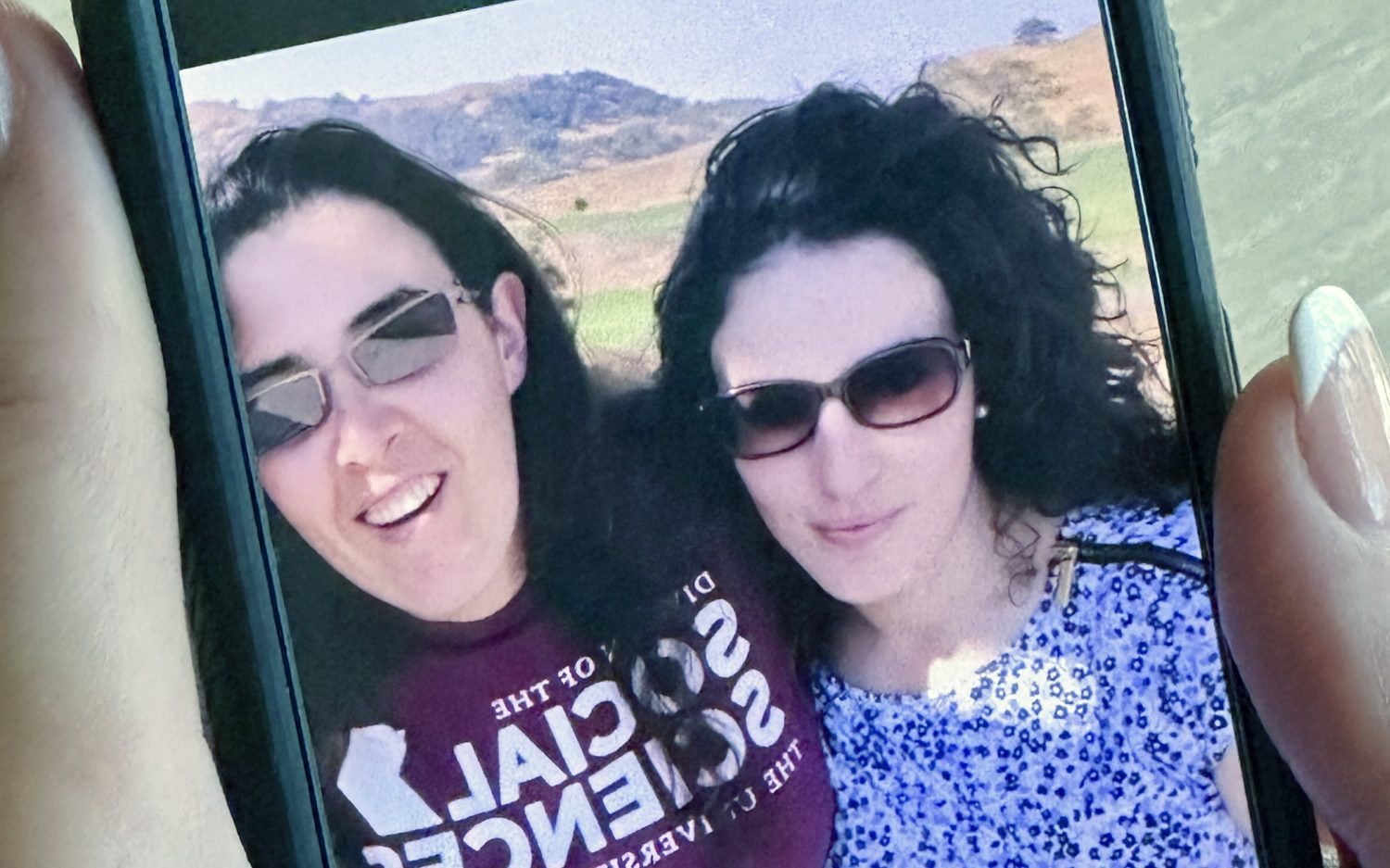A disabled disability program
Driven to reduce a huge backlog of disability claims, Social Security is pushing judges to award benefits to people who may not deserve them, several current and former judges told Congress today.
The House Oversight and Government Reform Committee is investigating why many judges have high approval rates for claims already rejected twice by field offices or state agencies. Two current and two former judges spoke at a subcommittee hearing.
To qualify for benefits, people are supposed to have disabilities that prevent them from working and are expected to last at least a year or result in death. Social Security disability benefits have increased by 44 percent over the past decade, pushing the trust fund that supports the program to the brink of insolvency.
Now, rejected claimants can ask the field office or state agency to reconsider. Those doubly rejected can appeal to an administrative law judge, who is employed by Social Security. Four judges testified today about a “factory production” system that produces impressive numbers at the cost of judges’ due diligence. So far this budget year, the vast majority of judges have approved benefits in more than half the cases they’ve decided, even though they were reviewing applications typically rejected twice. The Social Security Administration acknowledged it’s sending checks to 1.3 million beneficiaries without even verifying they are still disabled.
The judges said they receive high pressure from Social Security to decide a minimum of 500 cases per year while reviewing evidence only from one side. No attorney represents the taxpayers, only the claimant. Three of the four judges who testified said they had been pressured to decide cases without fully reviewing medical files.
“Judges have the right to go home at night,” J.E. Sullivan testified.
Nearly 11 million disabled workers, spouses, and children get Social Security disability benefits. That compares with 7.6 million a decade ago. An additional 8.3 million people get Supplemental Security Income, a separately funded disability program for low-income people.
The percentage of people with disabilities who work is roughly half what it was in 1990. If Congress doesn’t act, the trust fund that supports Social Security disability will run out of money in 2016, according to projections by Social Security’s trustees. At that point, the system will collect only enough money in payroll taxes to pay 80 percent of benefits, triggering an automatic 20 percent cut in benefits, unless Congress grabs money from the overall Social Security system.
The Associated Press contributed to this report.
An actual newsletter worth subscribing to instead of just a collection of links. —Adam
Sign up to receive The Sift email newsletter each weekday morning for the latest headlines from WORLD’s breaking news team.




Please wait while we load the latest comments...
Comments
Please register, subscribe, or log in to comment on this article.